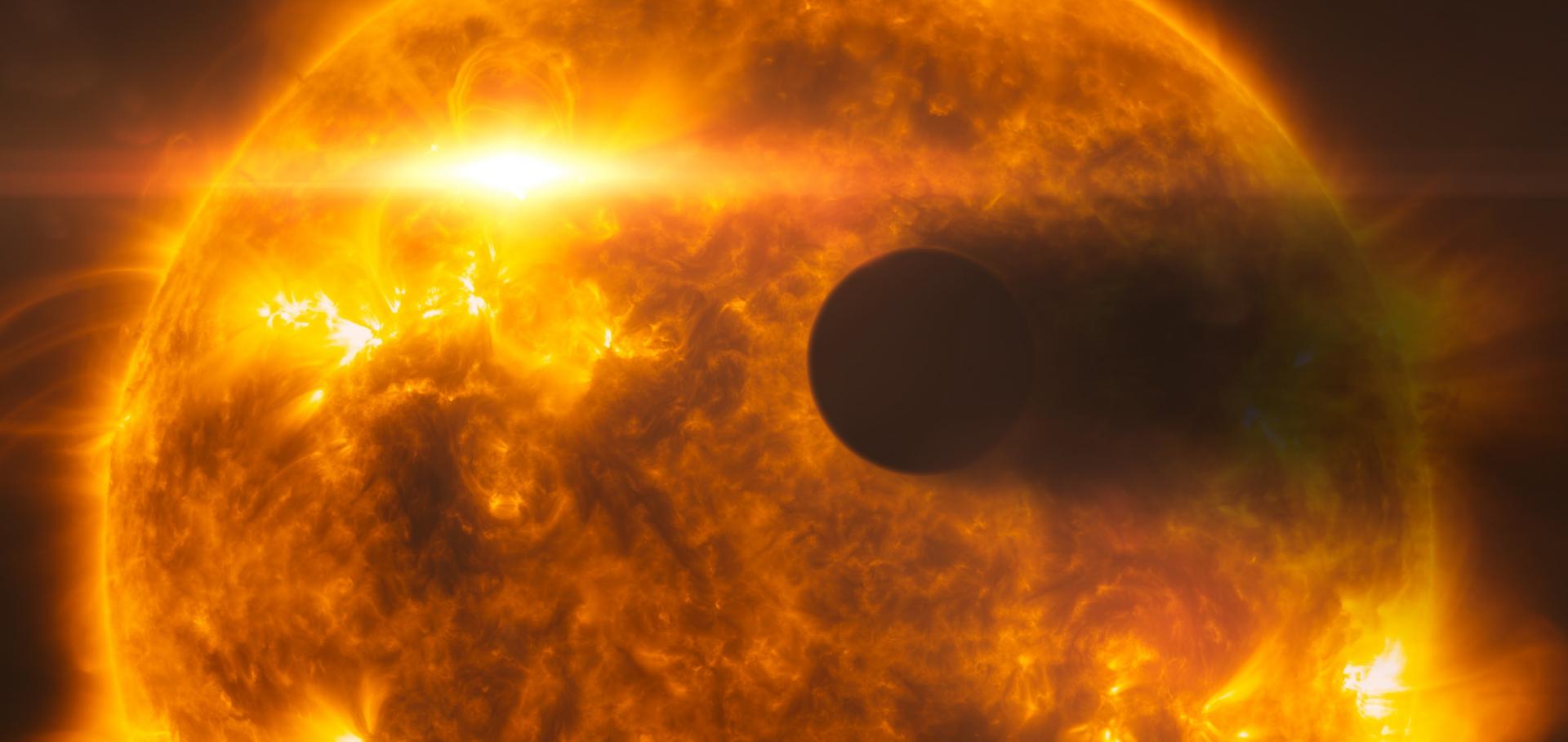CSI 2264: CHARACTERIZING ACCRETION-BURST DOMINATED LIGHT CURVES FOR YOUNG STARS IN NGC 2264**Based on data from the Spitzer and CoRoT missions, as well as the Canada–France–Hawaii Telescope (CFHT) MegaCam CCD, and the European Southern Observatory Very Large Telescope, Paranal Chile, under program 088.C-0239. The CoRoT space mission was developed and is operated by the French space agency CNES, with participation of ESA's RSSD and Science Programmes, Austria, Belgium, Brazil, Germany, and Spain. MegaCam is a joint project of CFHT and CEA/DAPNIA, which is operated by the National Research Council (NRC) of Canada, the Institute National des Sciences de l'Univers of the Centre National de la Recherche Scientifique of France, and the University of Hawaii.
The Astronomical Journal American Astronomical Society 147:4 (2014) 83
CSI 2264: SIMULTANEOUS OPTICAL AND INFRARED LIGHT CURVES OF YOUNG DISK-BEARING STARS IN NGC 2264 WITH CoRoT and SPITZER—EVIDENCE FOR MULTIPLE ORIGINS OF VARIABILITY**Based on data from the Spitzer and CoRoT missions. The CoRoT space mission was developed and is operated by the French space agency CNES, with participation of ESA's RSSD and Science Programmes, Austria, Belgium, Brazil, Germany, and Spain.
The Astronomical Journal American Astronomical Society 147:4 (2014) 82
ROTATION PERIODS OF 34,030 KEPLER MAIN-SEQUENCE STARS: THE FULL AUTOCORRELATION SAMPLE
The Astrophysical Journal Supplement Series American Astronomical Society 211:2 (2014) 24
The K2 Mission: Characterization and Early Results
Publications of the Astronomical Society of the Pacific IOP Publishing 126:938 (2014) 398-408
Clouds on the hot Jupiter HD189733b: constraints from the reflection spectrum
(2014)


